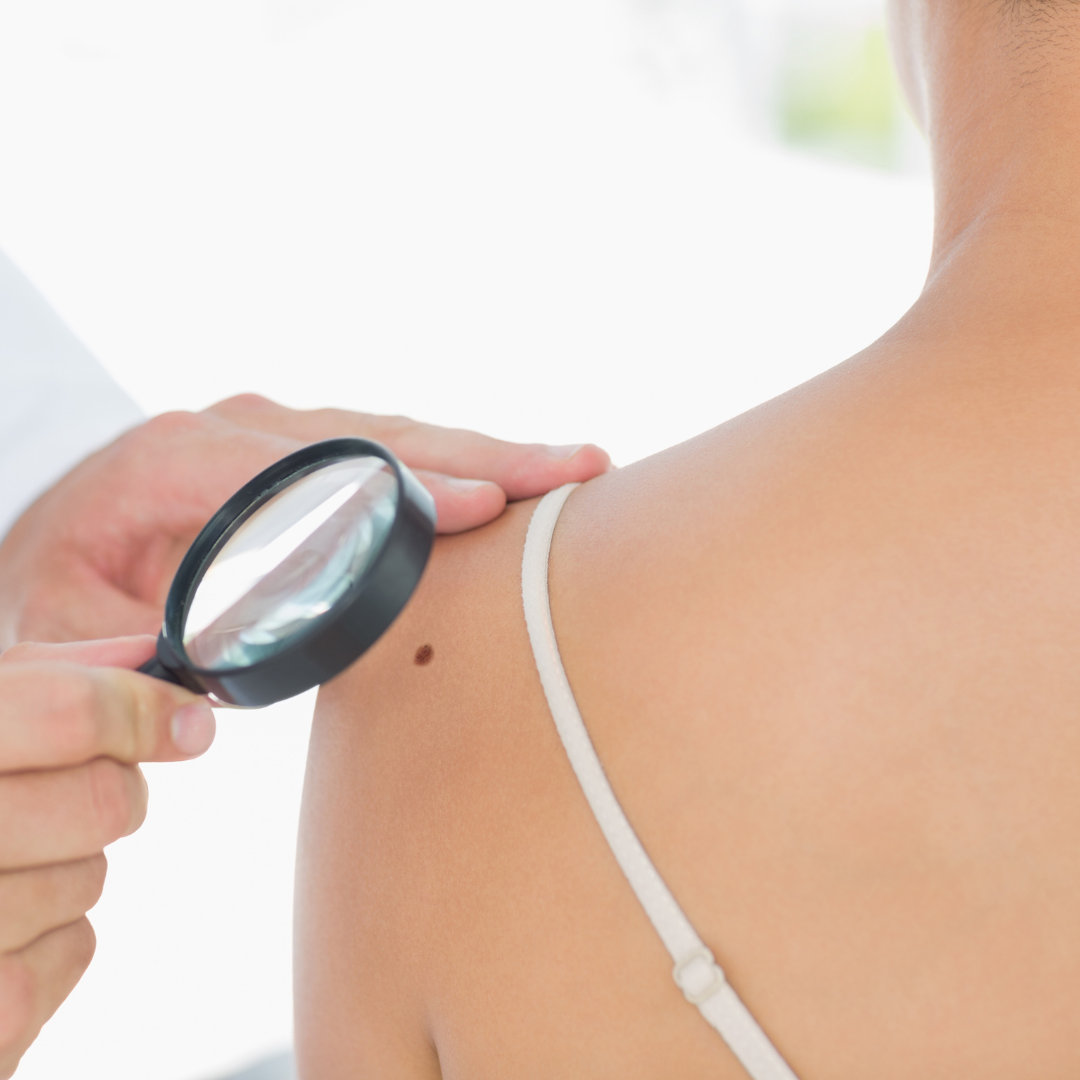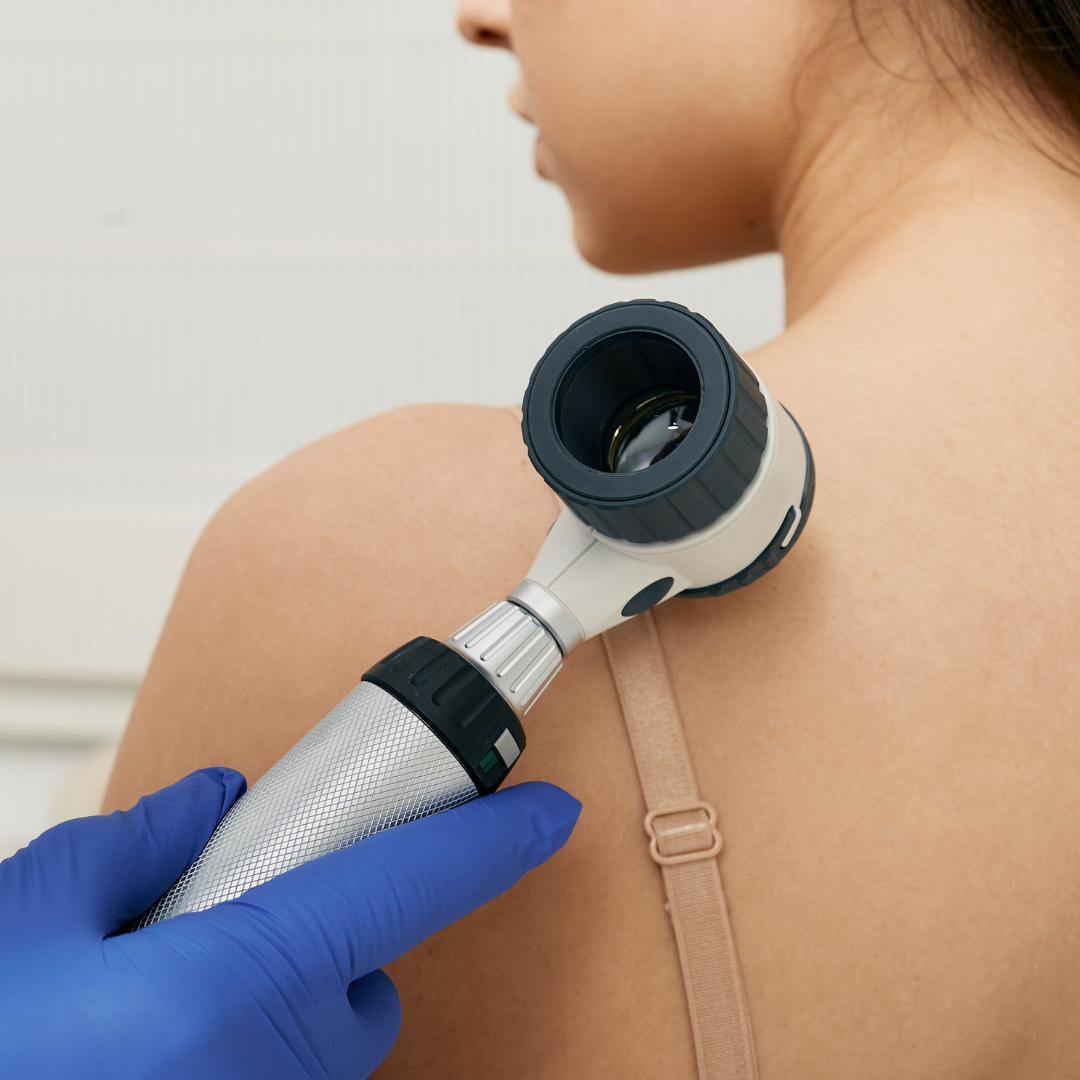When to get moles checked: A complete guide
Moles are common skin growths that are usually harmless, but in some cases, they can be an early sign of skin cancer. Knowing when to get moles checked can help with early detection of melanoma, a serious form of skin cancer. In this guide, we’ll explore how often to check moles, the ABCDE rule for moles, and what suspicious moles look like so you can recognise potential warning signs.
At London Doctors Clinic, we offer a range of options for mole checks with our dermatology nurse, ensuring professional assessment and peace of mind.
How often to check moles
Regular self-examinations are essential for detecting changes in your moles. Dermatologists recommend checking your moles at least once a month. Here’s how to do it effectively:
- Examine your entire body in a well-lit room using a mirror.
- Pay close attention to areas often exposed to the sun, such as the face, arms, and legs.
- Don’t forget hidden areas like the scalp, soles of your feet, and under your nails.
- Take photos to track changes over time.
If you notice any new changes, consult a dermatologist to determine when to get moles checked by a professional.

When should you worry about a mole?
Not all moles are dangerous, but some signs may indicate the need for further examination. You should get a mole checked if:
- It appears suddenly in adulthood.
- It changes in size, shape, or colour.
- It becomes itchy, painful, or starts to bleed.
- It looks significantly different from your other moles
If you have any of these symptoms, book an appointment with a dermatologist as soon as possible to rule out potential skin cancer.
The ABCDE rule for moles
The ABCDE rule for moles is a simple way to identify signs of melanoma:
A – Asymmetry: One half of the mole doesn’t match the other.
B – Border: Irregular, blurred, or jagged edges.
C – Colour: Uneven colour with different shades of brown, black, red, white, or blue.
D – Diameter: Larger than 6mm (about the size of a pencil eraser).
E – Evolving: Any noticeable changes over time in size, shape, or colour.
Following this guide can help determine when to get moles checked by a healthcare professional.

Early signs of melanoma
Recognising the early signs of melanoma is crucial for early detection and treatment. Watch out for:
- A new mole that appears out of nowhere.
- A mole that is growing rapidly.
- A sore that doesn’t heal.
- A mole with a scaly or rough surface.
- Persistent redness or swelling around a mole.
Early detection is key to successful treatment, so if you notice any of these signs, consult a dermatologist immediately.
What do suspicious moles look like?
Understanding what suspicious moles may look like can help you understand when to seek out a professional opinion. Some characteristics of suspicious moles include:
- Uneven colouring with multiple shades.
- Irregular shape that doesn’t resemble a normal mole.
- A mole that stands out compared to others on your body.
- Bleeding, itching, or crusting that doesn’t go away.
If you notice any of these signs, it’s important to seek medical advice to ensure early intervention.
Knowing when to get moles checked can be life-saving. Regular self-examinations and understanding the ABCDE rule for moles can help detect melanoma early. If you’re ever unsure when you should worry about a mole, it’s always best to consult a dermatologist. By staying vigilant, you can protect yourself from potential skin cancer risks.
At London Doctors Clinic, we provide expert mole checks with our dermatology nurse, offering a professional and thorough assessment for your peace of mind.
